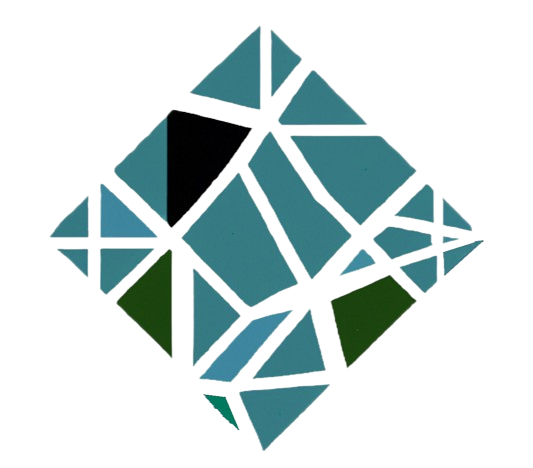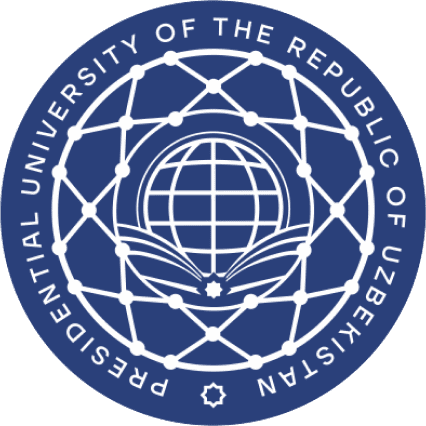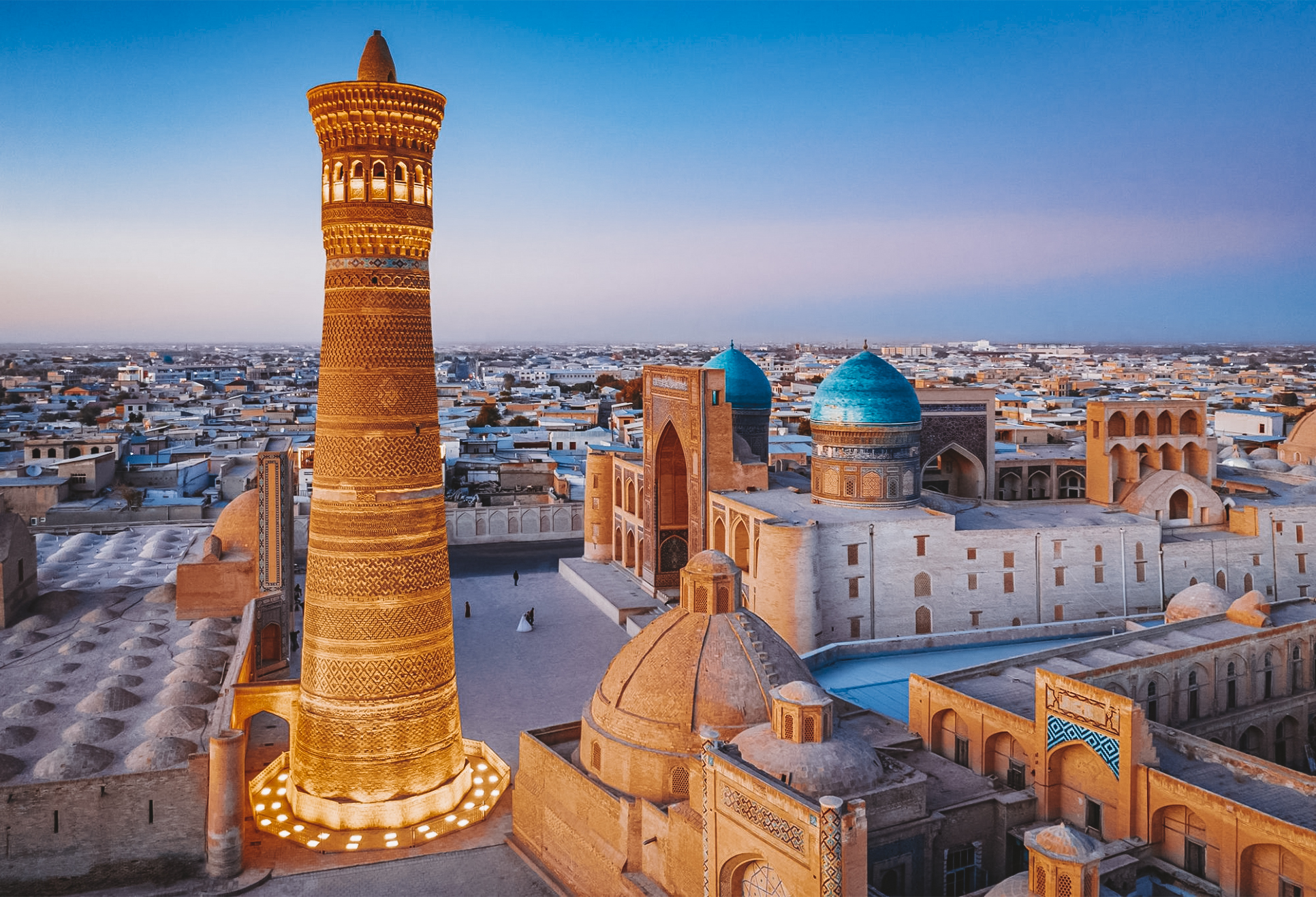Summer School in Integrable Systems Related to Reflection Groups in Algebra, Geometry and Topology
July 1 - 14, 2024, New Uzbekistan University

Integrable systems related to reflection groups in algebra, geometry and topology I, by Pavel Etingof (MIT)
Integrable systems related to reflection groups in algebra, geometry and topology II, by Yuri Berest (Cornell)
In the early 1980's, I. G. Macdonald proposed a series of deep combinatorial conjectures related to classical root systems and finite reflection groups. Attempts to prove these conjectures led to many interesting developments in mathematics: in particular, the discovery of a remarkable class of quantum integrable systems called the Calogero-Moser systems and their discretizations associated to root lattices of Weyl groups. A new area of representation theory – the theory of double affine Hecke algebras – has emerged from the study of these systems that eventually led to a proof of Macdonald Conjectures by I. Cherednik.
In these series of lectures, we will describe various mathematical stuctures originated from and/or inspired by Macdonald Conjectures. The first part will provide a background material and focus on applications in representation theory, invariant theory and geometry. In the second part, we will discuss a topological interpretation of Macdonald Conjectures and present a new stronger version that is most naturally formulated in the language of derived algebraic geometry and still remains largely open.
Content
Topics of Course I
- Complex reflection groups. Coxeter groups and Weyl groups. Root systems. The Chevalley-Shepard-Todd theorem.
- Finite Hecke algebras.
- Affine root systems. Affine Hecke algebras and their graded version.
- Dunkl and Dunkl-Cherednik operators. Classical and quantum Calogero-Moser systems (rational, trigonometric, elliptic), their difference versions (Macdonald-Ruijsenaars systems). Jack and Macdonald polynomials.
- Construction of CM systems in type A by Hamiltonian reduction. Calogero-Moser spaces and Hilbert schemes.
- Double affine Hecke algebras (DAHA), their rational and trigonometric degenerations, their representations. The KZ functor.
- Macdonald conjectures.
- Shift operators. Proof of Macdonald conjectures.
References
- https://arxiv.org/pdf/2401.01446 (sections 10.2-12.8)
- https://arxiv.org/pdf/math/9501219
- https://arxiv.org/pdf/math/0606233
- https://arxiv.org/pdf/1001.0432
Topics of Course II
- Some homotopical algebra. Simplicial sets and spaces, Dold-Kan correspondence, nerves and classifying spaces. Quillen model categories and model approximations. Infinity-categories and infinity-algebras. Badzioch-Bergner Rigidification Theorem. Test categories. Grothendieck's last conjectures. Cisinski theorems.
- Derived algebraic geometry. Moduli functors and moduli problems in algebraic geometry. Why do we need DAG? Differential graded vs simplicial commutative algebras. Simplicial presheaves as generalized spaces. Universal model categories. Dugger's theorem. Simplicial presheaves as model of derived stacks. The Toen-Vezzosi HAG and DAG contexts. Examples of algebraic (and non-algebraic) derived stacks.
- Representation varieties. Moduli spaces of representations of groups and algebras: examples from representation theory, geometry and topology. What is a representation variety of a (topological) space?
- Representation homology of associative and Lie algebras. Motivation: Kontsevich-Rosenberg principle. Derived representation schemes and the derived representation functor. Higher characters of finite-dimensional representations. Relation to Hochschild and cyclic homology. Koszul duality. Lie-Hodge decompositions and Drinfeld trace maps.
- Representation homology of spaces. Simplicial group models of topological spaces. The Kan loop group construction. The derived representation adjunction: model approximations of groups by infinity-groups. Three definitions of representation homology of spaces. Relation to higher Hochschild homology. The fundamental spectral sequence. Derived characters of group representations. Topological realization of representation homology. Goodwillie homotopy calculus.
- Topological Macdonald conjectures. Rational homotopy theory; Quillen and Sullivan models of spaces. Computing representation homology of simply connected spaces. Spaces with polynomial representation homology. Topological interpretation of Strong Macdonald Conjectures. Derived Chevalley homomorphism. "Superstrong" Macdonald Conjectures. Some results and related conjectures.
References
- Lecture notes on homotopical algebra (Part I): https://pi.math.cornell.edu/~apatotski/7400-notes-2015.pdf
- I. Macdonald, Some conjectures for root systems, SIAM J. Math. Anal. 13 (1982), 988–1007.
- A. Kirilov, Lectures on affine Hecke algebras and Macdonald's conjectures. Bulletin AMS 34 (1997), 251-292.
- S. Fishel, I. Grojnowski, and C. Teleman, The strong Macdonald conjectures and Hodge theory on the loop Grassmannian, Ann. Math. (2) 168 (2008), 175–220.
- P. Etingof at al., Introduction to representation theory, American Mathematical Society, Providence, RI, 2011.
- B. Toen, "Simplicial presheaves and derived algebraic geometry" in Simplicial methods for operads and algebraic geometry, 119–186, Birkhäuser, Basel, 2010.
- Yu. Berest, G. Felder and A. C. Ramadoss, Derived representation schemes and noncommutative geometry in Expository lectures on representation theory, 113–162, Contem. Math. 607, Amer. Math. Soc., Providence, RI, 2014.
- Yu. Berest, G. Felder, A. C. Ramadoss, and T. Willwacher, Representation homology, Lie algebra cohomology and the derived Harish-Chandra homomorphism, J. Eur. Math. Soc. 19 (2017), no. 9, 2811–2893.
- Yu. Berest, A. C. Ramadoss and W.-K. Yeung, Representation homology of simply connected spaces. J. Topology 15 (2022) (2), 692–744.
- P.Li, D.Nadler and Z.Yun, Functions on the commuting stack via Langlands duality, arXiv:2301.02618.
- Yu. Berest, MATH6350 Homological Algebra. Notes by Yun Liu and Kimoi Kemboi.
Schedule
| 7/1 Monday | 7/2 Tuesday | 7/3 Wednesday | 7/4 Thursday | 7/5 Friday | |
|---|---|---|---|---|---|
| 9:00AM | Opening | Lecture-Etingof | Lecture-Etingof | Lecture-Etingof | Lecture-Etingof |
| 9:30AM | |||||
| 10:00AM | |||||
| 10:30AM | Tea/Coffee Break | Tea/Coffee Break | Tea/Coffee Break | Tea/Coffee Break | |
| 11:00AM | Tea/Coffee Break | Lecture-Etingof | Lecture-Etingof | Lecture-Etingof | Lecture-Etingof |
| 11:30AM | Lecture-Etingof | ||||
| 12:00PM | |||||
| 12:30PM | |||||
| 1:00PM | Lunch | Lunch | Lunch | Lunch | Lunch |
| 3:00PM | Lecture-Etingof | Student Discussion | Student Discussion | Student Discussion | Student Discussion |
| 3:30PM | |||||
| 4:00PM | |||||
| 4:30PM | Student Discussion | ||||
| 5:00PM | |||||
| 5:30PM | |||||
| 6:00PM | Dinner | Dinner | Dinner | Dinner | Dinner |
| 7/8 Monday | 7/9 Tuesday | 7/10 Wednesday | 7/11 Thursday | 7/12 Friday | |
|---|---|---|---|---|---|
| 9:00AM | Lecture-Berest | Lecture-Berest | Lecture-Berest | Lecture-Berest | Lecture-Berest |
| 9:30AM | |||||
| 10:00AM | |||||
| 10:30AM | Tea/Coffee Break | Tea/Coffee Break | Tea/Coffee Break | Tea/Coffee Break | Tea/Coffee Break |
| 11:00AM | Lecture-Berest | Lecture-Berest | Lecture-Berest | Lecture-Berest | Lecture-Berest |
| 11:30AM | |||||
| 12:00PM | |||||
| 12:30PM | |||||
| 1:00PM | Lunch | Lunch | Lunch | Lunch | Lunch |
| 3:00PM | Student Discussion | Student Discussion | Student Discussion | Student Discussion | Student Discussion |
| 3:30PM | |||||
| 4:00PM | |||||
| 4:30PM | |||||
| 5:00PM | |||||
| 5:30PM | |||||
| 6:00PM | Dinner | Dinner | Dinner | Dinner | Dinner |
Organizing Committee
Shavkat Ayupov (Romanovskiy Institute of Mathematics, Uzbekistan Academy of Sciences)
Jiping Zhang (Peking Univerisity)
Bahodir Ahmedov (New Uzbekistan Univerisity)
Bakhtiyor Yuldashev (New Uzbekistan Univerisity)
Xiaojun Chen (New Uzbekistan Univerisity, Sichuan University)
Alimjon Eshmatov (University of Toledo)
Farkhod Eshmatov (New Uzbekistan Univerisity)
Rustam Turdibaev (New Uzbekistan Univerisity, University of Santiago de Compostela)
Our Sponsor

New Uzbekistan University

About Uzbekistan
Tashkent, the vibrant capital city of Uzbekistan, offers a rich tapestry of
cultural experiences and historical wonders for school attendees to explore. Known for
its captivating blend of modernity and tradition, Tashkent boasts iconic landmarks like the
historic Chorsu Bazaar, where visitors can immerse themselves in the colors and aromas of
Central Asian spices and crafts. The city is adorned with stunning Islamic architecture,
exemplified by the grand Hast Imam Square and its collection of ancient manuscripts. As
school participants engage in intellectual discourse, they can also savor the local cuisine,
characterized by its diverse flavors and influences.
The city is adorned
with stunning Islamic architecture, exemplified by the grand Hast Imam Square and its collection of
ancient manuscripts. As school participants engage in intellectual discourse, they can also savor the
local cuisine, characterized by its diverse flavors and influences. Beyond Tashkent, Uzbekistan unfolds
as a treasure trove of Silk Road heritage, with cities like Samarkand and Bukhara offering a glimpse
into the country's illustrious past. From the warmth of its people to the enchanting landscapes,
Tashkent and Uzbekistan promise school attendees an unforgettable blend of academic pursuits and
cultural exploration. For more information visit Uzbekistan travel.